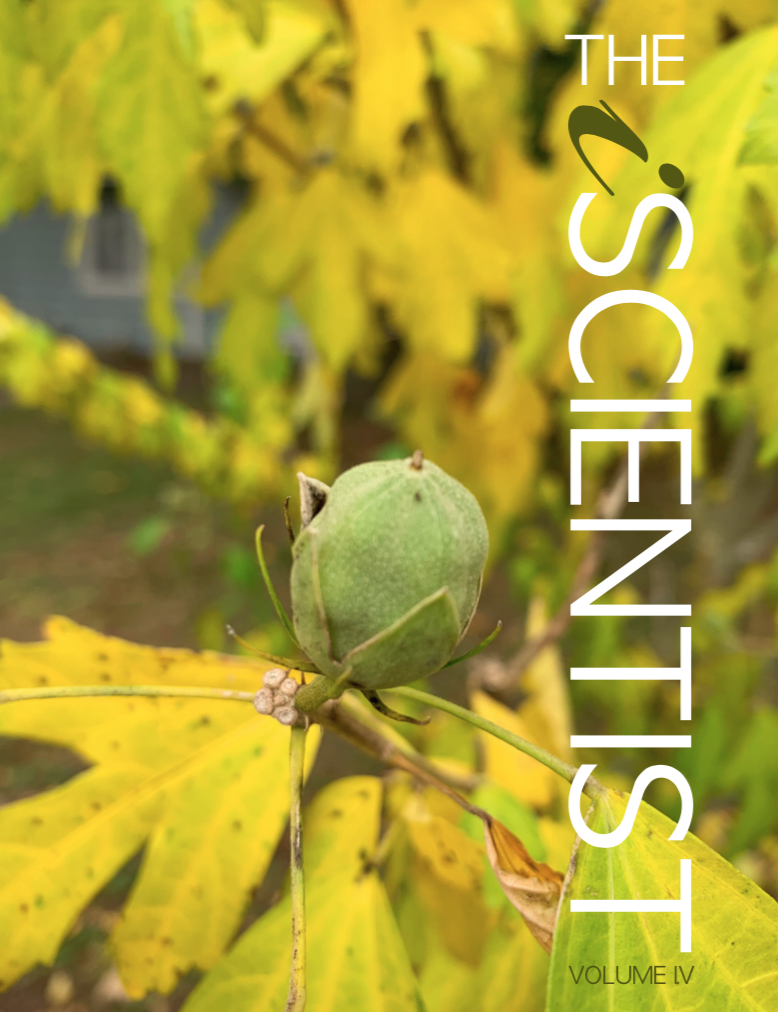Radioresistance: Implications for Astrobiological and Medical Research
Abstract
Ionizing radiation is commonly thought to be dangerous to, and even incompatible with, terrestrial life, due to its damaging effects on vital biomolecules like DNA. However, there exist organisms such as tardigrades, as well as several bacterial species, such as Deinococcus radiodurans, which have been observed to survive exposure to radiation levels in excess of 5000 Gy. This is accomplished by differing mechanisms, but in general involve processes to protect or rapidly repair molecules such as DNA that are damaged by the high-energy ionizing radiation. In this Letter to the iScientist, current understanding of the biology of radioresistant organisms is summarized. Subsequently, it is argued that furthering our understanding of these organisms and the mechanisms by which they withstand ionizing radiation have important applications for a variety of fields. These include applications to the astrobiological search for life beyond Earth, as understanding the potential limits of radioresistance may allow for the expansion or constraint of possible environments in which extraterrestrial life may survive, guiding future life detection efforts. At the same time, mechanisms of DNA repair in radioresistant organisms may provide avenues of exploration in the search for interventions that may be applied to addressing DNA damage in humans, a problem associated both with cancer and aging.
Downloads
Published
Issue
Section
License
Authors who publish with this journal agree to the following terms:- Authors retain copyright and grant the journal right of first publication with the work simultaneously licensed under a Creative Commons Attribution License that allows others to share the work with an acknowledgement of the work's authorship and initial publication in this journal.
- Authors are able to enter into separate, additional contractual arrangements for the non-exclusive distribution of the journal's published version of the work (e.g., post it to an institutional repository or publish it in a book), with an acknowledgement of its initial publication in this journal.
- Authors are permitted and encouraged to post their work online (e.g., in institutional repositories or on their website) prior to and during the submission process, as it can lead to productive exchanges, as well as earlier and greater citation of published work (See The Effect of Open Access).


